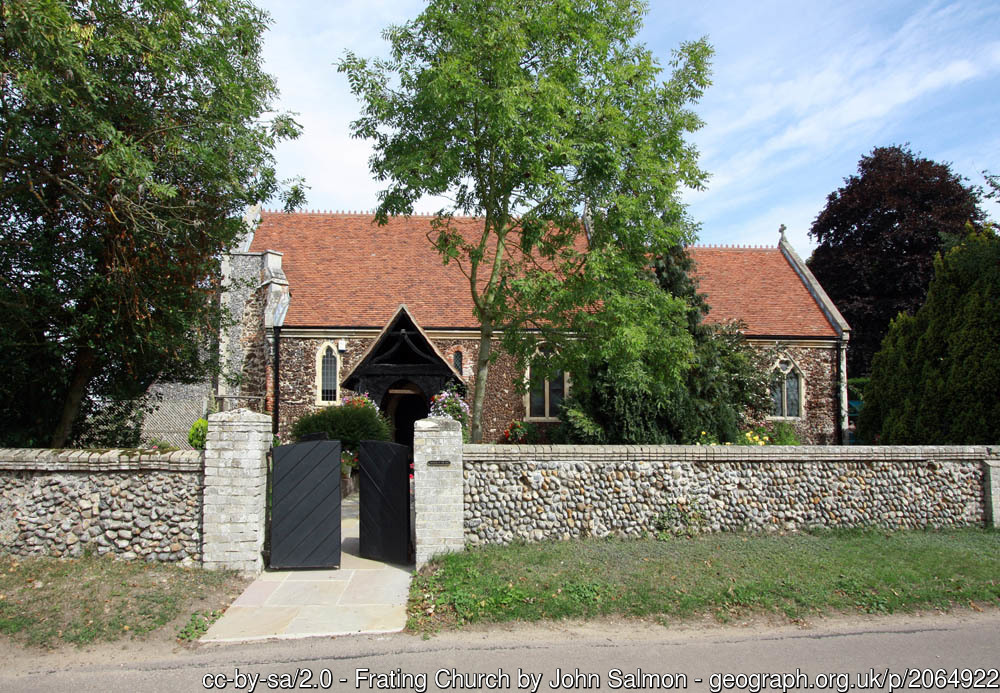Hello all! Happy New Year.
I’ve been very busy lately, but I’ve updated the Poor Law page (adding some new records, as well as ditching the PDFs and making it easier to use!), and I’ve also added nearly 1,000 baptisms for Harwich, from 1601-1625. They include the family of Christopher Jones, captain of the Mayflower. You can search on FreeREG for far more records than are on here as it takes time to convert the transcriptions to spreadsheets.
I’m currently transcribing Barking, Suffolk, from the mid-1500s to the mid-1700s. It includes Needham Market, so it’s a very busy parish. The transcriptions can be searched on FreeREG but as ever, information about gaps etc can be found on my parish page.
And… if you’re stuck on your research, or you need an old document transcribed, I can help! Just get in touch, and I’ll give you a quote based on the amount and complexity of the work.






